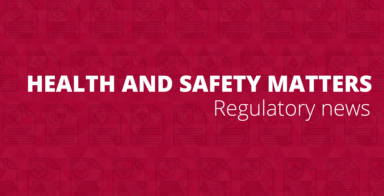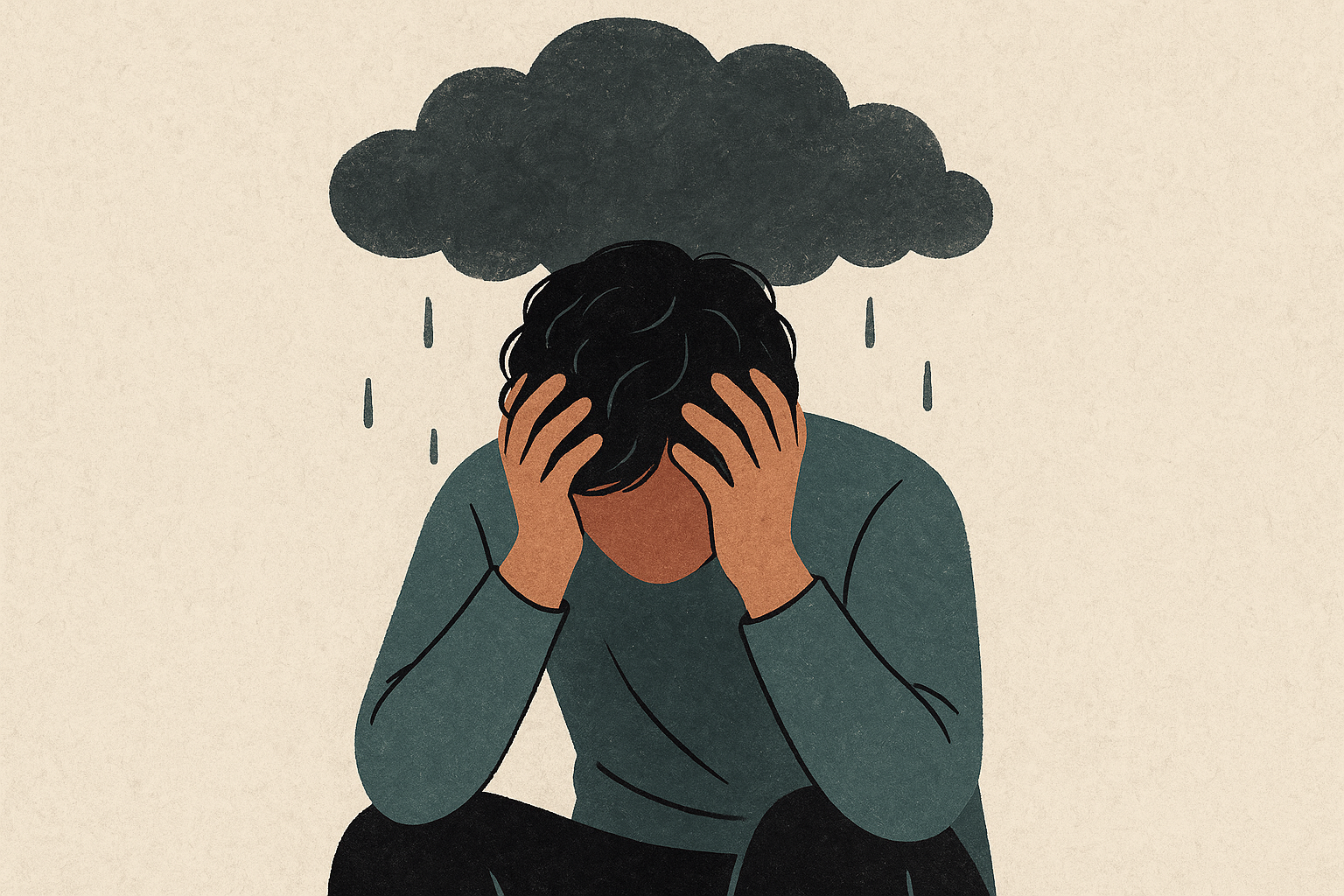You wouldn’t skip meals for days and expect to feel strong, yet we often go weeks, even months, without attending to our emotional needs.
People hear about working long hours, facing overwhelming demands, and experiencing chronic exhaustion.
The typical advice focuses on getting more sleep, taking time off, or improving time management. And while those are all important, a crucial piece of the puzzle is still missing.
Burnout grows in the absence of a pause. It can also stem from too little emotional nutrition. Just like a lack of vitamins and nutrients harms the body, a shortage of emotional support and fulfillment can weaken the mind and spirit.
When people do not receive enough recognition, connection, autonomy, or meaning in their work and life, they become depleted. This perspective helps explain why some individuals burn out even when their workload is manageable. It also sheds light on why burnout often persists even after taking physical rest.
What is emotional malnutrition?
Emotional malnutrition occurs when basic emotional needs are consistently unmet over a prolonged period. These needs include feeling valued, having a sense of belonging, being trusted to make decisions, and experiencing purpose in one’s actions. When these needs go unmet, emptiness sets in, followed by disconnection and disengagement.
A person suffering from emotional malnutrition may appear functional and competent, but internally, they feel drained. They may struggle to find motivation, feel invisible, or question their worth.
This burnout is from deprivation rather than excess.
Warning signs of emotional malnutrition
Burnout caused by emotional malnutrition can be harder to identify because it is less about obvious stressors and more about what is missing. Common signs include:
- A growing sense of meaninglessness in daily tasks
- Feeling undervalued despite doing good work
- Difficulty finding joy or satisfaction
- Social withdrawal or feeling isolated at work or home
- Loss of confidence in decision-making abilities
- Increased irritability or emotional numbness
These symptoms reflect a lack of emotional fuel rather than just physical or mental exhaustion.
Why traditional solutions fall short
Typical burnout remedies focus on reducing workload or improving sleep patterns. These can help with physical exhaustion but often do not address the emotional void. Without efforts to replenish emotional needs, burnout symptoms can return quickly.
Organizations that provide more breaks or encourage exercise without addressing recognition, autonomy, or connection may see little improvement in burnout rates. Similarly, individuals who rest but remain in emotionally impoverished environments will find it difficult to recover fully.
Emotional nourishment as a prevention and recovery strategy
Preventing and recovering from burnout requires more than rest. Emotional nourishment must be prioritized alongside physical health. Some strategies include:
- Rituals of reflection
- For example, encourage brief end-of-shift personal rituals where workers write down one positive moment they experienced or created.
- This practice helps focus attention on achievements and replenishes emotional energy through gratitude and a sense of meaning.
- Meaningful work
- For example, assign a caregiver who values kindness to work closely with a resident with dementia, allowing them to see how their compassion improves the resident’s mood.
- When caregivers connect their personal values and growth to their work, they find greater motivation and satisfaction. This emotional connection turns routine tasks into purposeful work.
- Autonomy and trust
- For example, allow caregivers to design personalized care plans for residents within guidelines and choose their preferred shifts. Managers check-in without micromanaging, showing trust in staff decisions.
- This sense of autonomy reduces frustration and helps prevent burnout by making staff feel valued and competent.
The role leaders and organizations play
Leadership plays a key role in addressing emotional malnutrition. Creating a workplace culture where people feel heard, valued, and empowered is essential. Policies that focus solely on reducing workload may be necessary, but they are insufficient.
Encouraging open communication, recognizing contributions frequently, and promoting meaningful connections between colleagues create an environment that feeds emotional needs. Leaders who model vulnerability and empathy help others feel safe to express their struggles.
Burnout is not only about exhaustion from too much work. It can also be a symptom of emotional malnutrition. In other words, a lack of the emotional resources people need to feel whole and capable.
Recognizing burnout as a form of emotional deprivation shifts the conversation from rest alone to restoring what is missing.
Addressing emotional malnutrition means paying attention to human needs for recognition, connection, meaning, and autonomy. Only then can burnout be truly understood and effectively prevented.
If you want to understand the different kinds of burnout, like compassion fatigue, and learn practical mindfulness techniques, watch our on-demand webinars. Plus, gain valuable insights on setting healthy boundaries at work and beyond with our in-depth safety topic.











